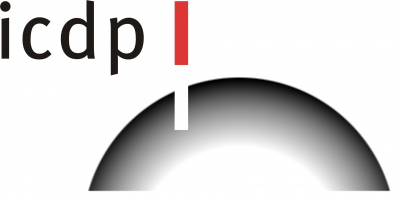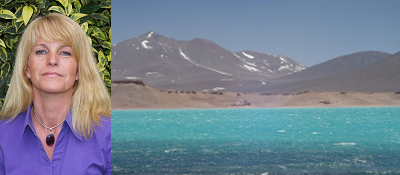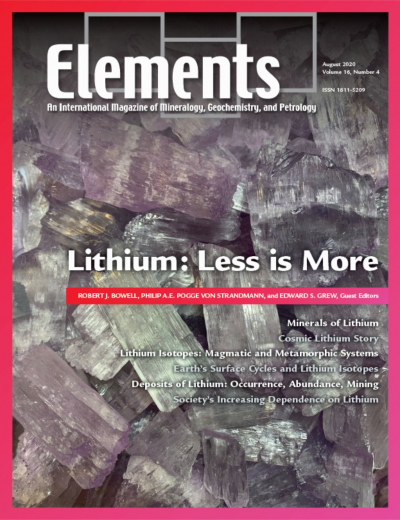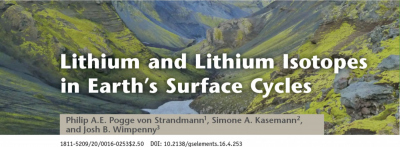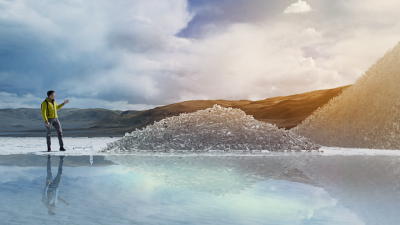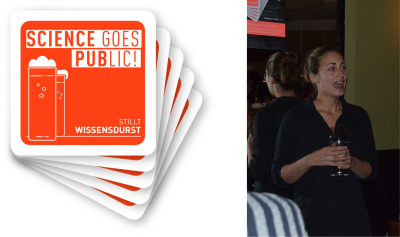Working Group Kasemann
Welcome to the homepage of the Isotope Geochemistry group!

Drilling with international teams on three continents: The ICDP drilling project” Geological Research through Integrated Neoproterozoic Drilling - The Ediacaran-Cambrian Transition” (GRIND-ECT) began drilling in September. The researchers are particularly interested in the old seabed on the continent, where they can study and collect data on the transition between the earth ages Ediacaran and Cambrian. This can be found in today's Namibia, Brazil and southern China. It is the first drilling project of the International Integrated Drilling Project ICDP, which carries out drilling on three continents: Africa, South America and Asia. Researchers from the MARUM – Center for Marine Environmental Sciences at the University of Bremen are participating in this project.
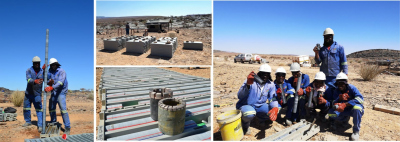
The GRIND team has had a successful week learning the drilling data management software and hashing out the final details of the workflow!
Head of Research Group
News

The salars of the Puna in the Central Andes are among the largest lithium deposits on Earth. Scientists from Argentina and Germany analyze the geological pathway of lithium in the Puna.
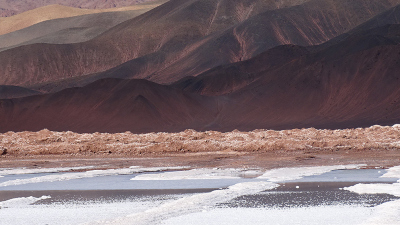
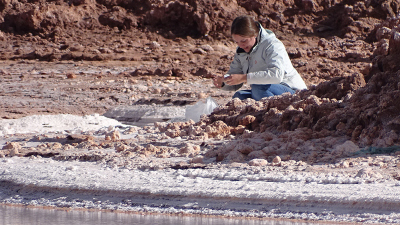
- Meixner et al. (2022). Lithium and Sr isotopic composition of salar deposits in the Central Andes across space and time: the Salar de Pozuelos, Argentina. Mineralium Deposita, DOI:10.1007/s00126-021-01062-3
- Meixner et al. (2019). Lithium concentrations and isotope signatures of Palaeozoic basement rocks and Cenozoic volcanic rocks from the Central Andean arc and back-arc. Mineralium Deposita, DOI:10.1007/s00126-019-00915-2.
Dr. Frederike Wilckens on "Tracked down with isotopes"








